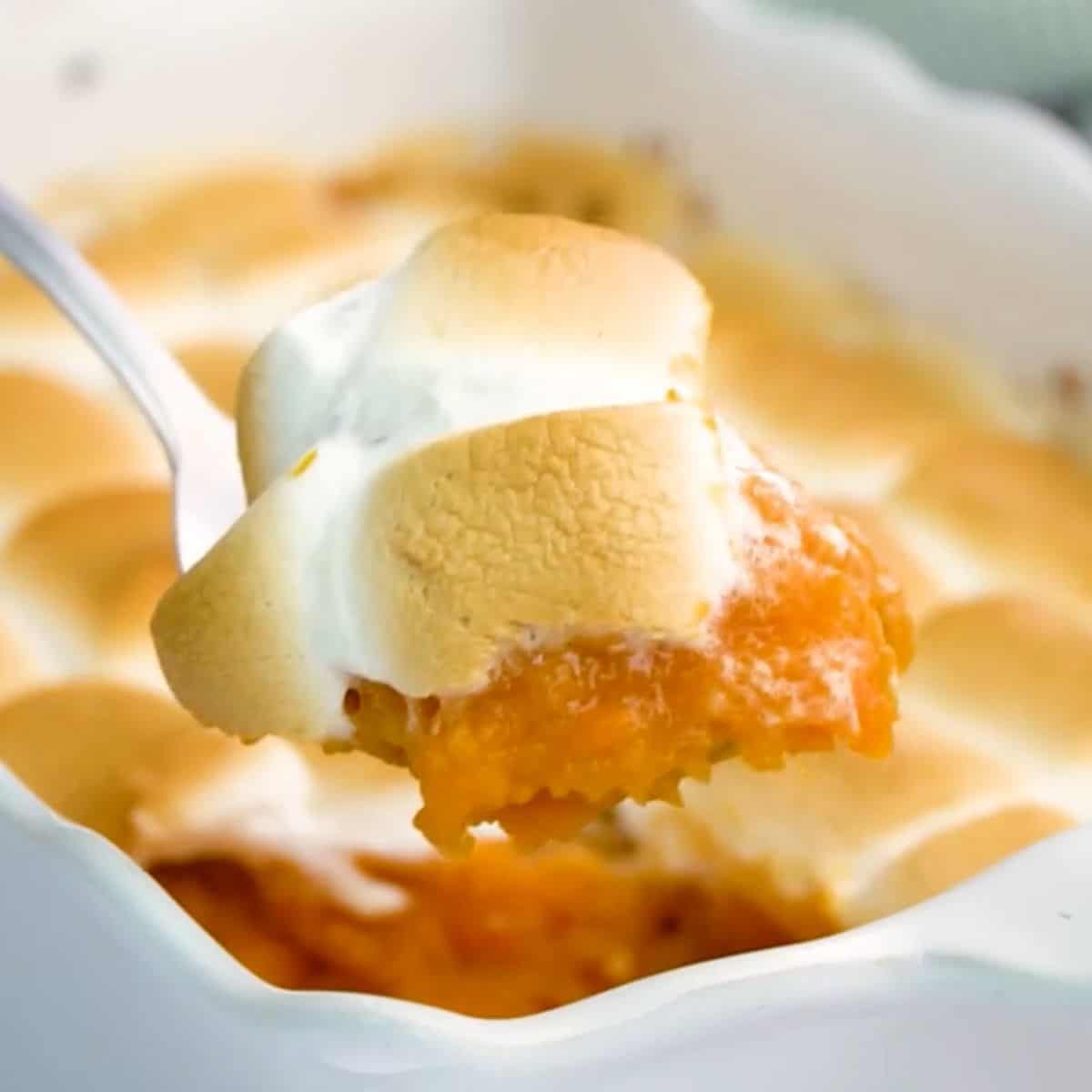Elevate your Thanksgiving feast with this exquisite turkey brine recipe, where the science of osmosis and the art of flavor infusion combine to create a mouthwatering turkey masterpiece! This post contains an affiliate link, read our disclosure policy here.

Here’s a simple and basic turkey brine recipe that you can use to add flavor and moisture to your Thanksgiving turkey!
Why Brine Turkey Before Roasting
While brining turkey is a well-known technique for enhancing flavor and moisture, there are some aspects of brining to consider!
Osmosis & Flavor Infusion
Brining is not just about adding salt and water to the turkey; it’s a science of osmosis. During brining, the salt and sugar in the brine penetrate the turkey, altering the structure of the meat and allowing it to retain more moisture. This process also opens up the meat’s protein structure, which makes it more receptive to absorbing flavors from herbs, spices, and aromatics in the brine.

Aromatics Matter
The herbs, spices, and aromatics you include in the brine can significantly impact the flavor of your turkey. For example, adding herbs like rosemary, thyme, and sage, along with garlic and citrus zest, can create a complex and aromatic profile. Experimenting with different combinations can result in unique and delicious flavor profiles.
Balance of Salt & Sugar
Achieving the right balance of salt and sugar in your brine is crucial. Salt is essential for flavor and moisture retention, while sugar adds sweetness and can counteract the saltiness. Finding the right balance that suits your taste is a key aspect of successful brining.

Cold Brining for Safety
When brining, it’s crucial to keep the turkey and brine at a safe, refrigerated temperature (40°F/4°C or lower) to prevent bacterial growth. Never brine at room temperature, as this can lead to food safety issues. If you don’t have enough fridge space, consider using a large cooler with ice packs to maintain a cold environment.
Dry Brining
While traditional wet brining involves submerging the turkey in a liquid brine, dry brining is an alternative method. Dry brining involves rubbing the turkey with a mixture of salt and seasonings and allowing it to sit uncovered in the refrigerator. This method draws out moisture and flavors from the turkey, resulting in a more concentrated, flavorful, and crisp skin.
Pat-Drying After Brining
After you’ve removed the turkey from the brine, it’s essential to pat it dry with paper towels. This helps remove any excess moisture on the surface, which can lead to a crispy and golden-brown skin during roasting.
Rest After Brining
Let the turkey rest for a short time after brining but before cooking. This helps to equalize the salt distribution within the meat and ensure the best results when roasting.
By paying attention to these nuanced aspects of brining, you can elevate your turkey preparation and create a flavorful, moist, and memorable holiday centerpiece. Experimentation and customization are key to finding the perfect brine that suits your taste preferences and complements your chosen recipe.
Turkey brine time:
Small Turkey (10-12 pounds): 10-12 hours (overnight).u003cbr/u003eMedium Turkey (12-16 pounds): 12-16 hours.u003cbr/u003eLarge Turkey (16-20 pounds): 16-20 hours.
Turkey Recipes
Roasted Turkey Breast – Cook Times & Temps
The Best Turkey Stuffing Recipe
Recipe Card

Thanksgiving Turkey Brine
Ingredients
- 1 gallon 16 cups of water
- 1 cup of kosher salt or 3/4 cup of table salt, but kosher salt is preferred
- 1/2 cup of granulated sugar
- 1 tablespoon of black peppercorns
- 4-5 bay leaves
- 1 small onion quartered
- 4-5 cloves of garlic smashed
- 1-2 sprigs of fresh rosemary or 1 tablespoon dried rosemary
- 1-2 sprigs of fresh thyme or 1 tablespoon dried thyme
- 1-2 sprigs of fresh sage or 1 tablespoon dried sage
- citrus zest lemon or orange for a citrusy twist, optional
Instructions
- In a large stockpot or container, combine the water, kosher salt, and granulated sugar. Stir until the salt and sugar have completely dissolved.
- Add the black peppercorns, bay leaves, onion, garlic, fresh herbs (rosemary, thyme, and sage), and optional citrus juice and zest. If using dried herbs, you can add them directly to the brine mixture.
- Bring the brine to a gentle simmer over medium heat. This will help release the flavors of the spices and herbs. Allow it to simmer for about 5-10 minutes.
- Remove the brine from the heat and let it cool completely. You can add ice to speed up the cooling process, but ensure the brine is cold before using it.
- Once the brine is completely cool, place your turkey in a large brining bag or a food-grade plastic container large enough to submerge the turkey completely.
- Pour the cooled brine over the turkey, ensuring it is fully submerged. You may need to add a bit more water to cover the turkey entirely.
- Seal the bag or container and refrigerate it. Allow the turkey to brine for about 12-24 hours. The general guideline is 1 hour of brining per pound of turkey, but no more than 24 hours.
- When you're ready to roast the turkey, remove it from the brine, rinse it thoroughly under cold water to remove excess salt, and pat it dry with paper towels. Your turkey is now ready for roasting or cooking according to your favorite recipe.
Notes
Nutrition
Sources

About Juliea
Juliea Huffaker is the creator of Farmhouse Harvest, and dedicated to teaching from-scratch cooking, sourdough baking, gardening, and food preservation. With over 25 years of hands-on experience she has preserved hundreds of jars of produce, mastered the art of meats and sourdough baking, and nurtured a thriving organic garden. Her recipes and articles have been featured across the web. And she’s passionate about inspiring others to embrace a simpler, self-sufficient life style.









